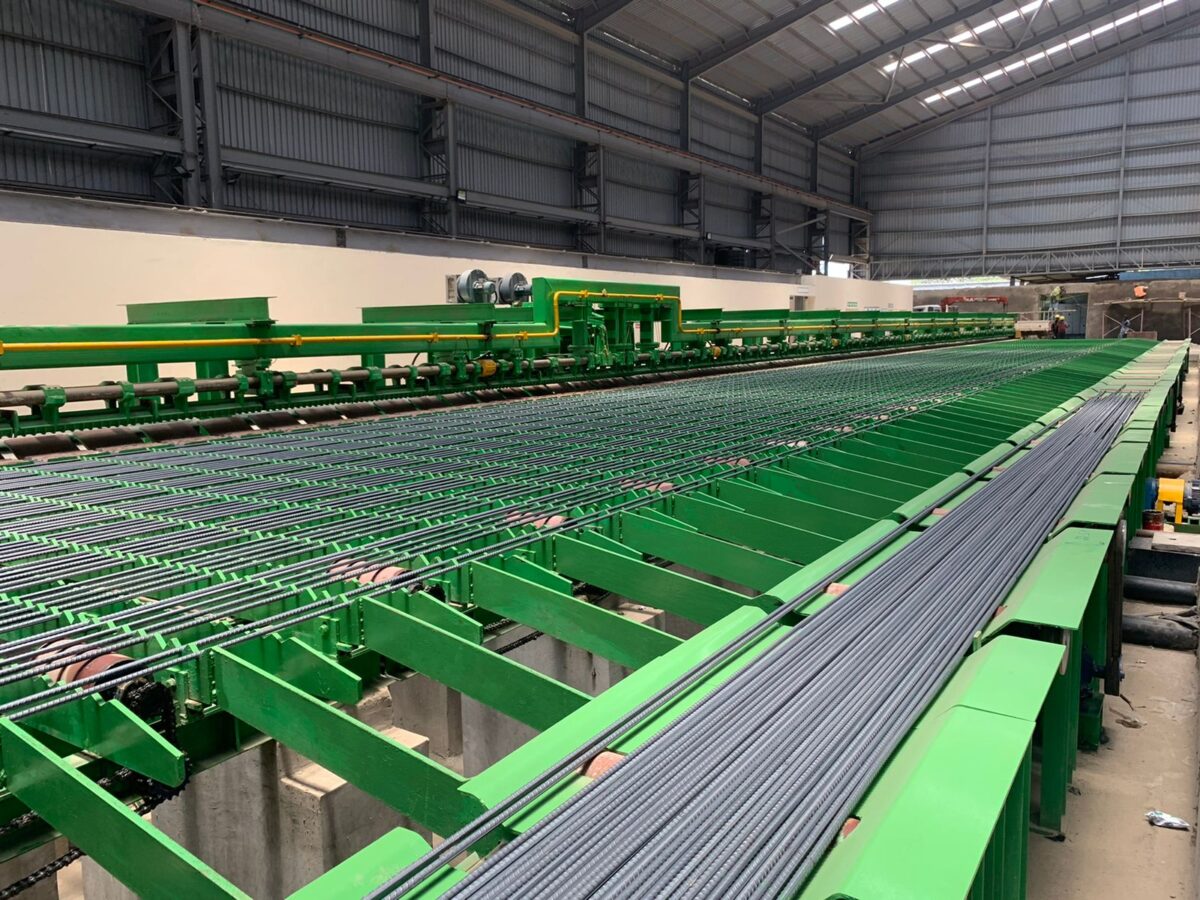The Founding of Steefo by Mr Krishnakumar Agrawal
Mr Krishnakumar Agrawal founded Steefo in 1976 with a small machining company. He coined the name STEEFO from Steel Forming and set out to pursue his aspirations of expanding the steel business and doing something noble for our country. He began by manufacturing and delivering machinery and components for steel plants. Driven by Mr Agrawal’s unwavering commitment, it was evident that the company was on the path to achieving its first milestone.
Steefo Industries’ First Rolling Mill Order
We started supplying large parts and soon began accepting turnkey orders. In 1991, we exported our first order to BSRM Steel Limited in Bangladesh. We eventually gained a lot of praise as market trust in our products grew. We completed three turnkey rolling mill orders for Melbourne Metals in Sri Lanka between 1995 and 1997.
Mr Sandeep Agrawal’s journey
The company’s growth trajectory jumped with the entry of Mr Sandeep Agrawal, the son of Mr Krishnakumar Agrawal, in 2006. With a desire to build and expand Steefo Industries, he elevated the company to new heights in the market. In the same year, he introduced the concept of “joint ventures” and led a successful collaboration with Taiwan’s Grand Noble Engineering. His goal was to deliver exceptional work and earn trust and respect in the steel business.
Technological Advancements and Client Base Expansion
By 2011, Steefo Industries achieved a major milestone by completing its first turnkey project for a steel plant order involving SMS and RM. Mr Sandeep Agrawal spearheaded the implementation of technological improvements, ensuring superior product outcomes. Steefo Industries also completed a semi-turnkey order for BKV in 2012.
Diversification and Vertical Integration
Mr Sandeep Agrawal, with his expertise in the industry, also joined hands with BLS Melt Shop and Rolling Mills in Turkey. He expanded into many sectors, such as the motor division (Rev Power Electric), fabrication division (VisionTech Engineering), and TMT bar division (Vibrant TMT). With the establishment of his own rolling mill units, he contemplated that the product could be thoroughly inspected and tested in their facility before it reached the consumer. He had the courage not to rely on others to test a new product in order to create it.
Continuing the Legacy
The legacy of Steefo Industries continued with the appointment of Ms Aashna Agrawal, daughter of Mr Sandeep Agrawal, as the marketing & business development head. Mr Krishna Kumar, Sandeep Kumar, and Aashna Agrawal exemplified this – THE DAY YOU STOP MANIFESTING OTHER’S LIFE, YOU START CREATING YOURS. Steefo Industries stands as a testament to this philosophy, constantly growing and evolving.



